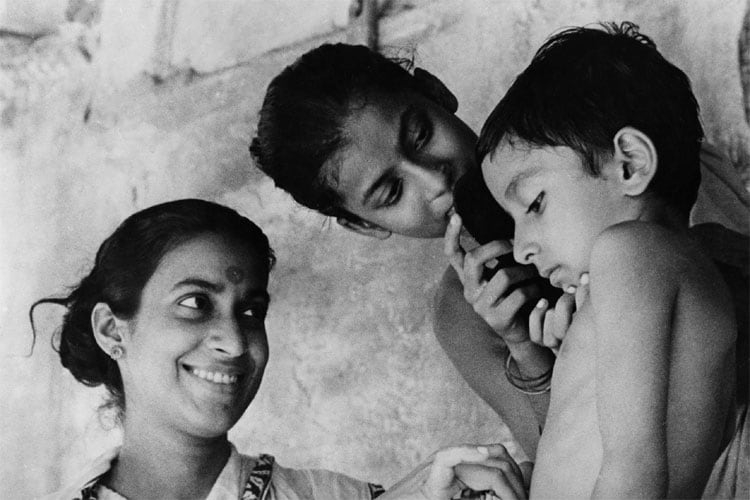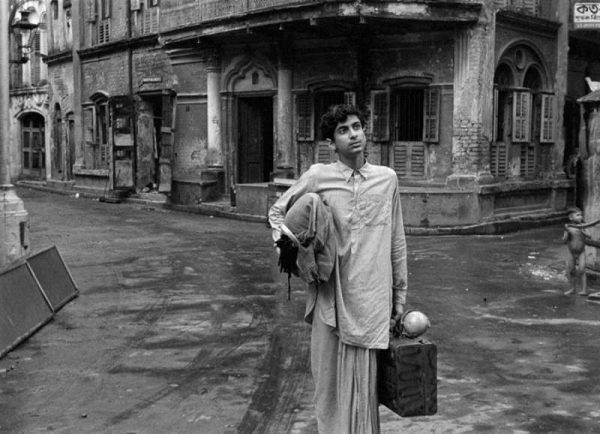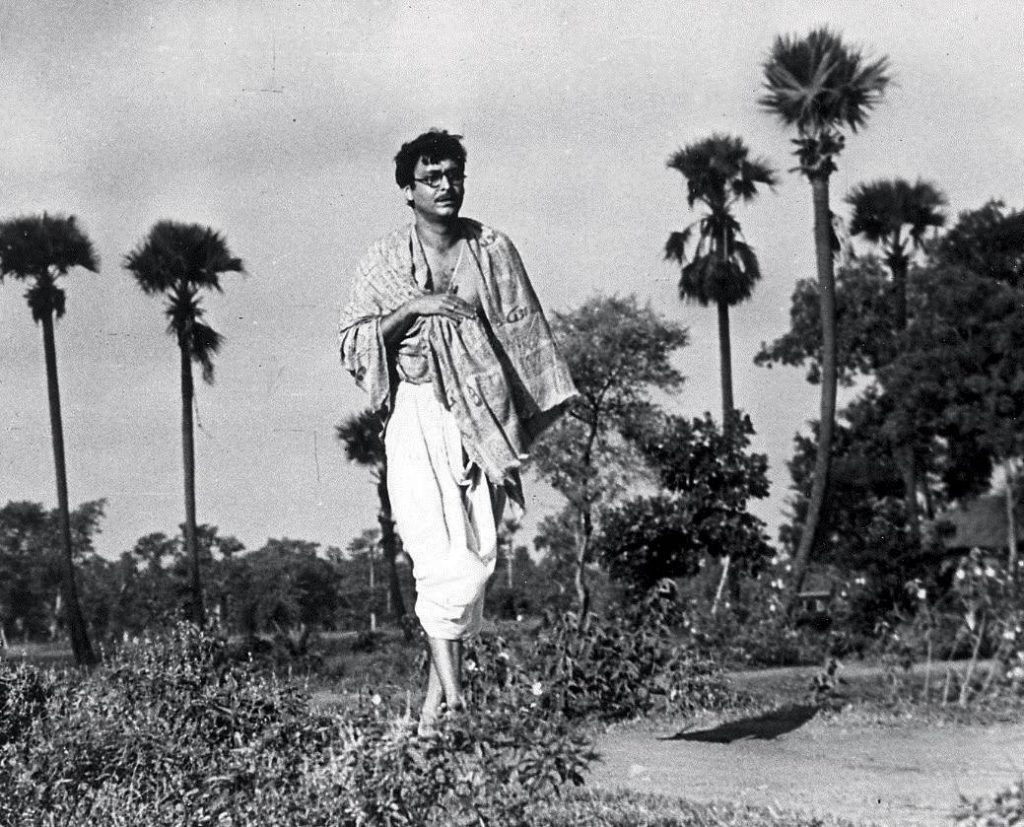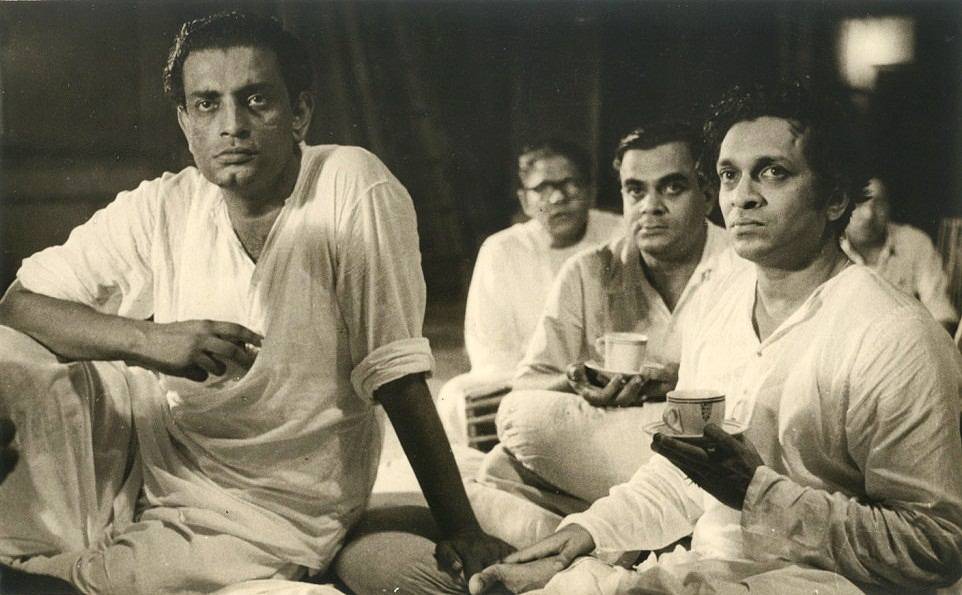“The film’s captivating images include chasing after a passing train and playing in a monsoon, which add up to a pure and soul-nourishing experience.”…reports Asian Lite News
Satyajit Ray’s neo-realist classic, ‘Pather Panchali’, is the only Indian film to feature in 117-year-old ‘Variety’ magazine’s first-ever ‘100 Greatest Movies Of All Time’ list.
The list is important because it has been put together by more than 30 editors and writers of the magazine that invented the word ‘showbiz’. They include Manori Ravindran, the London-based international executive editor, and Rajinikanth’s biographer and ‘Variety’ contributor Naman Ramachandran.
Topped by Alfred Hitchcock’s slasher masterpiece, ‘Psycho’ (1960), the list’s top five movies are ‘The Wizard of Oz’ (1939), ‘The Godfather’ (1972), ‘Citizen Kane’ (1941) and ‘Pulp Fiction’ (1994).
Also included are memorable classics that are on the syllabi of every respectable film institute — from Charlie Chaplin’s ‘City Lights’ to ‘Casablanca’, ‘The Rules of the Game’, ‘Singin’ in the Rain’, ‘All About Eve’, ‘It’s A Wonderful Life’ and ‘Seven Samurai’.
What makes the list a collector’s item is that it provides a link to the review carried by ‘Variety’ at the time of the release of each of the included films, which range from Ann Bancroft-Dustin Hoffman classic ‘The Graduate’ at No.100, to genre-defining sci-fi films such as ‘Alien’ (1979), Steven Spielberg’s ‘E.T. the Extra-Terrestrial’ (1982) the second ‘Star Wars’ movie, ‘The Empire Strikes Back’ (1980) and Stanley Kubrick’s ‘2001: A Space Odyssey’ (1968) , to blockbusters like ‘Gone With The Wind’ (1939), ‘Silence of the Lambs’ (1991), Lawrence of Arabia (1962), King Kong (1933), ‘My Best Friend’s Wedding’ (1997) and the James Bond movie ‘Goldfinger'(1964),
Also included are memorable classics (listed here in the ascending order) that are now musts on the syllabus of all respectable film institutes — from Charlie Chaplin’s ‘City Lights’ (1931) to ‘Casablanca’ (1942), ‘The Rules of the Game’ (1942), ‘Singin’ in the Rain’ (1952), ‘All About Eve’ (1950), ‘It’s A Wonderful Life’ (1946) and ‘Seven Samurai’ (1954).
In their comment on why they included ‘Pather Panchali’ (ranked No. 55), the jury noted: “Long before Richard Linklater’s ‘Boyhood’, there was Satyajit Ray’s exquisitely paced and structured Apu Trilogy, the holy peak of all chaptered coming-of-age narratives.
“Restrained but also universally relatable, the Bengali filmmaker’s debut is the first of those three movies, which put Indian cinema on the international art-house map. Like a regional riff on Italian Neorealism, the inherently humanist ‘Pather Panchali’ is both a loving portrait of a mostly matriarchal upbringing and an awe-inspiring vision of rural life, as reflected through the impressionable eyes of its young protagonist.
“The film’s captivating images include chasing after a passing train and playing in a monsoon, which add up to a pure and soul-nourishing experience.”
Back in its time, Ray’s film, based on Bibhuti Bhushan Bandyopadhyay’s 1929 novel of the same name, featured a little-known cast and was produced by the Government of West Bengal on a shoestring budget. It won the 1955 National Award for best film and was named the best human document at Cannes in 1956.
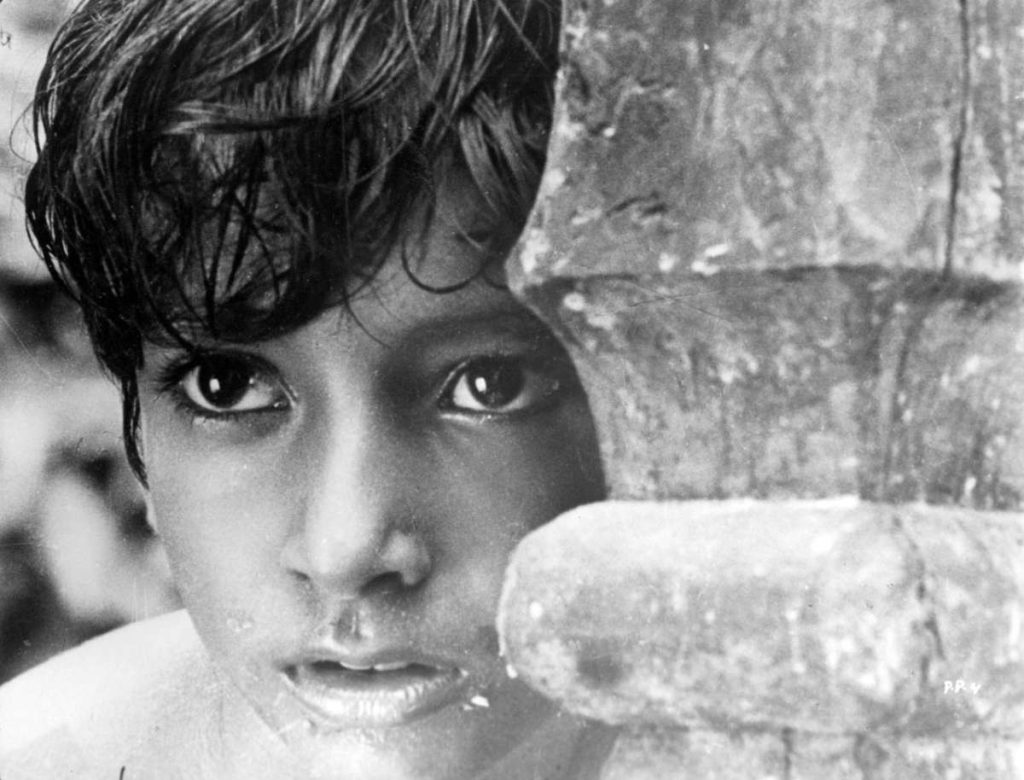
At that time, ‘Variety’ had commented: “The film … poetically and lyrically unfolds a tender but penetrating tale of coming of age in India, a land of poverty but also of spiritual hope. Two adolescents, a boy and his sister, grow up in this atmosphere. The film fuses all aspects of picture making into a moving whole that shows India perceptively for the first time to a Western audience.
“The treatment of old age is one of the most profound ever seen on the screen. An old woman lives and dies among the budding children with a dignity and beauty that counterpoints the growth and experiences of the children. Acting, lensing and all other aspects are masterfully orchestrated by Ray into a document on life in India.”
ALSO READ-Armaan bags ‘Best India Act’ at MTV Europe Music Awards

